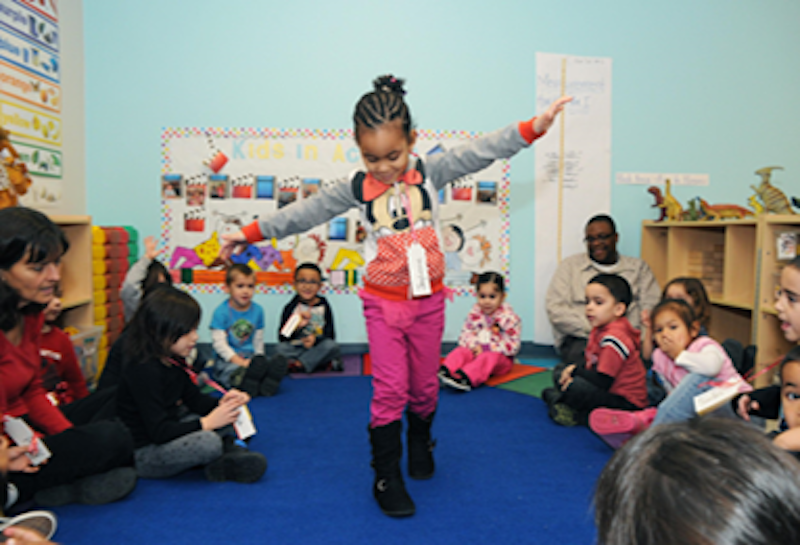Every teacher knows who I’m talking about! That kid who never.. stops.. moving. The one who is always tapping his pencil, turning around in his chair or building a tower with his crayons. What if I told you that wiggly student might just be learning the best way he can?
There are three types of learners out there:
Visual Learners: These types of learners learn best with pictures and text. They need to read about the topic or see a chart to help them understand a concept.
Auditory/Verbal Learners: These types of learners learn best with their ears. They can sit and listen to a teacher describe the topic and recall the information perfectly. Sometimes these students talk to themselves while reading or like to listen to music as they study.
Kinesthetic Learners: These types of learners learn best is they are given a chance to move and touch things. They love experiments, they enjoy looking at and touching props related to the topic of the lesson. These students have a hard time sitting still in class since moving actually helps them learn.
How Can You Help Kinesthetic Learners?
1. Give them a chair or stool they can move in.
Stools, like the one below, can come in different shapes and sizes. Some have only one leg require the student to balance on it. Some, have wheels or bounce like a ball. Giving your kinesthetic learners a chair that allows them to move a little bit can help keep their focus and ultimately increase their learning.
2. Let them draw pictures while you teach.
Sketchnoting is actually a great strategy not only for kinesthetic learners but also visual learners. Ask these learners to keep their hands moving by drawing pictures related to the topic you are teaching about. Afterwards, they will have something to reference back to instead of just a bunch of random doodles they have done. Read more about sketchnotes here.

3. Give them modeling clay or a fidget to use.
Let them utilize their hands by squeezing some clay or a small squishy ball while you teach. As long as you set expectations beforehand for how they can play with the item, they really shouldn’t even be noticed.
4. Incorporate plenty of active learning strategies.
Kinesthetic learners can’t learn well through the traditional lecture style of teaching. Even reading a book and doing worksheets are difficult for them to learn from. By incorporating active learning strategies such as games, experiments, and group projects you allow the kinesthetic learners to learn in the way that is most effective for them. You can read more about why active learning is so important by checking out by blog post on Active Learning.
5. Bring in real objects related to the topic and pass them around.
Kinesthetic learners love to touch things and by touching something that is related to the topic you are teaching you can establish an even stronger memory and connection with these learners. So, if you are teaching about the importance of vegetables… bring in several vegetables and let the class look at, touch and smell them. If you are teaching about Hawaii… bring in sand, seashells, and a Hawaiian lei.
So, next time you see a wiggly kid in your classroom, ask yourself, “Might this student be a kinesthetic learner?”



